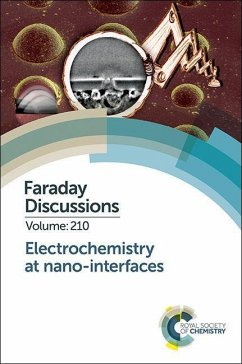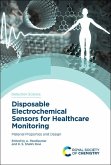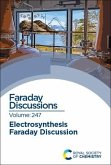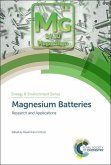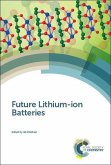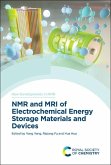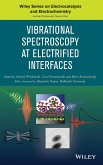The active nano-interface is important in electrochemistry because it constitutes the place where electron/ion transfer reactions occur coupled to extremely fast mass transport and under exquisite control of local conditions. Electrochemistry at nano-interfaces poses major fundamental and conceptual challenges in physical electrochemistry, while also being central to the emergence of real applications. Nano-interfaces are a major theme in energy transforming technologies (e.g. batteries, fuel cells, solar cells), electrochemical biosensors, diagnostic platforms, in bio-electrochemistry, and in nano-electrochemical mapping/imaging techniques. All of these areas face common challenges linked to the nano-interface concept. This Faraday Discussions meeting addresses these fundamental challenges, and also encourages cross-disciplinary interactions. At this Faraday Discussion, we will discuss the theme of understanding the electrochemistry at nano-interfaces, including electron- and ion-transfer. We will explore the modern methods used to design new nano-interfaces, probe the charge/energy transferring processes at the nano-interface, and promote applications including those involving single-molecule studies, single-nanoparticle electrochemistry and single-cell analysis. The rising issue lies in understanding the importance of nanostructures in nanopores and nano-electrodes; this is linked to the control of the nature of electrochemical performance and potentially revolutionizes both the understanding of electrochemical processes and the construction of new sophisticated functionalized nano-interfaces. In particular, we will aim to shed light on the development of new ultrafast current measurements as well as spatially resolved imaging tools, which have great relevance and interest for transient detection/imaging and for the measurement of charge transfer at nanostructured interfaces in many applications.

